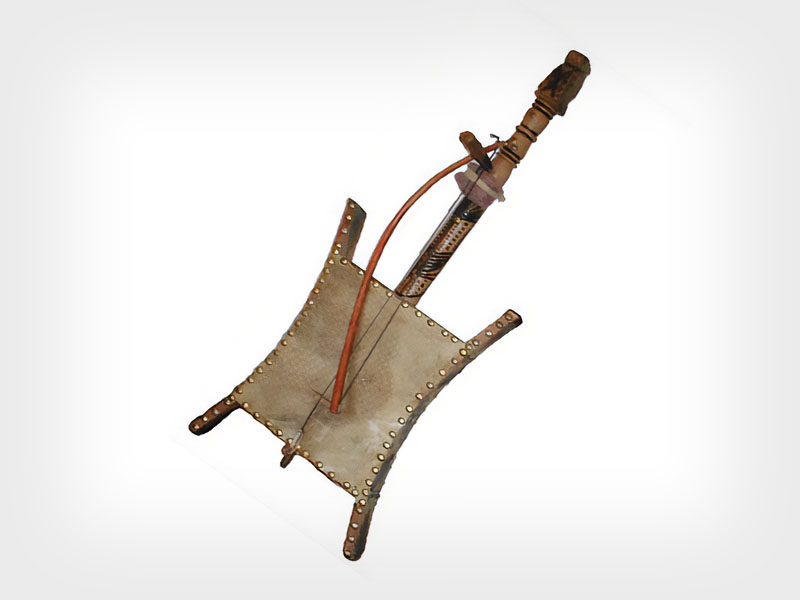Iraqi Mawwal
Issue 17

Khairallah Said (Iraq)
This paper reviews the evolution and development of Mawwal art in Iraq. Mawwal is a type of lyrical verse. The Mwalia is the origin of the quatrain Mawwal, which was created by a Barmakid Jariah, (slave-girl), in the Abbasid period, (the 8th century AD).

In the 12th century, the people of Wasit perfected the art of composing and singing Mawwal, and then the art developed various forms named according to the number of lines of verse - Muraba’, Mukhamas, Musadas - and the Nu’mani and the Araj. There are also songs composed of seven lines of verse - Musaba or Suba’i - commonly known as Zuhairi Mawwal, the form and structure of which are based on Basit verse type with seven lines and alliteration.
For over six centuries, many Iraqi poets have preferred Mawwal to other forms of poetry due to its flexible composition, its simple verse and the fact that it allows the use of vernacular dialects and standard classical Arabic; in addition, Mawwal is very popular.
Poets have created different varieties of Mawwal without changing its basic Basit verse; instead, they developed different rhyme and alliteration schemes by varying the number of alliterated or rhymed lines.
Both Safi Al Din Al Hilli and Al Suyuti traced the evolution of Mawwal in their respective books Al Mu’atal Al Hali Wal Murakhas Al Ghali and Sharh Al Muwasha.
Poets created Zuhairi due to the limitations of the classical types of Mawwal, which imposed a certain rhyme with a set number of alliterated words. Zuhairi has two stanzas, each of which has three alliterated words, and an ending where the alliterated words of the second stanza complete the meaning of the alliterated words of the first.


































































